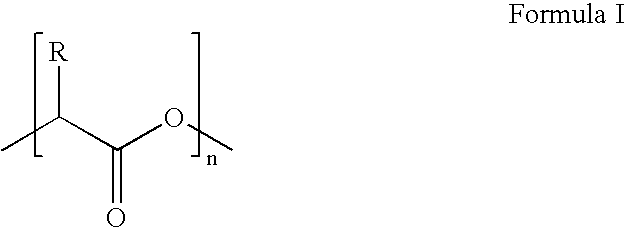Permeable cement and sand control methods utilizing permeable cement in subterranean well bores
a technology of permeable cement and subterranean wells, applied in the direction of wellbore/well accessories, sealing/packing, chemistry apparatus and processes, etc., can solve the problems of reducing the fluid production capability of formation, requiring replacement, and increasing the cost of operating such wells
- Summary
- Abstract
- Description
- Claims
- Application Information
AI Technical Summary
Benefits of technology
Problems solved by technology
Method used
Image
Examples
Embodiment Construction
[0016] The present invention provides improved methods of preventing the production of sand with fluids produced from subterranean formations. The methods presented herein may be utilized in either vertical, deviated, or horizontal wellbores that are open-hole, and / or underreamed, or have casing cemented therein. If the method is carried out in a cased wellbore, in certain embodiments the casing may be perforated to allow for fluid communication between the well bore and the surrounding subterranean zone.
[0017] In accordance with the present invention, a permeable cement mass is formed in a well bore adjacent to a producing interval or zone whereby loose or incompetent sands, inter alia, are prevented from entering the well bore with fluids produced from the interval or zone. The permeable cement compositions of the present invention can be used in conjunction with sand control screens if desired. The term "screen" as used herein refers generically to any and all types of permeable ...
PUM
| Property | Measurement | Unit |
|---|---|---|
| Fraction | aaaaa | aaaaa |
| Fraction | aaaaa | aaaaa |
| Fraction | aaaaa | aaaaa |
Abstract
Description
Claims
Application Information
 Login to View More
Login to View More - R&D
- Intellectual Property
- Life Sciences
- Materials
- Tech Scout
- Unparalleled Data Quality
- Higher Quality Content
- 60% Fewer Hallucinations
Browse by: Latest US Patents, China's latest patents, Technical Efficacy Thesaurus, Application Domain, Technology Topic, Popular Technical Reports.
© 2025 PatSnap. All rights reserved.Legal|Privacy policy|Modern Slavery Act Transparency Statement|Sitemap|About US| Contact US: help@patsnap.com



